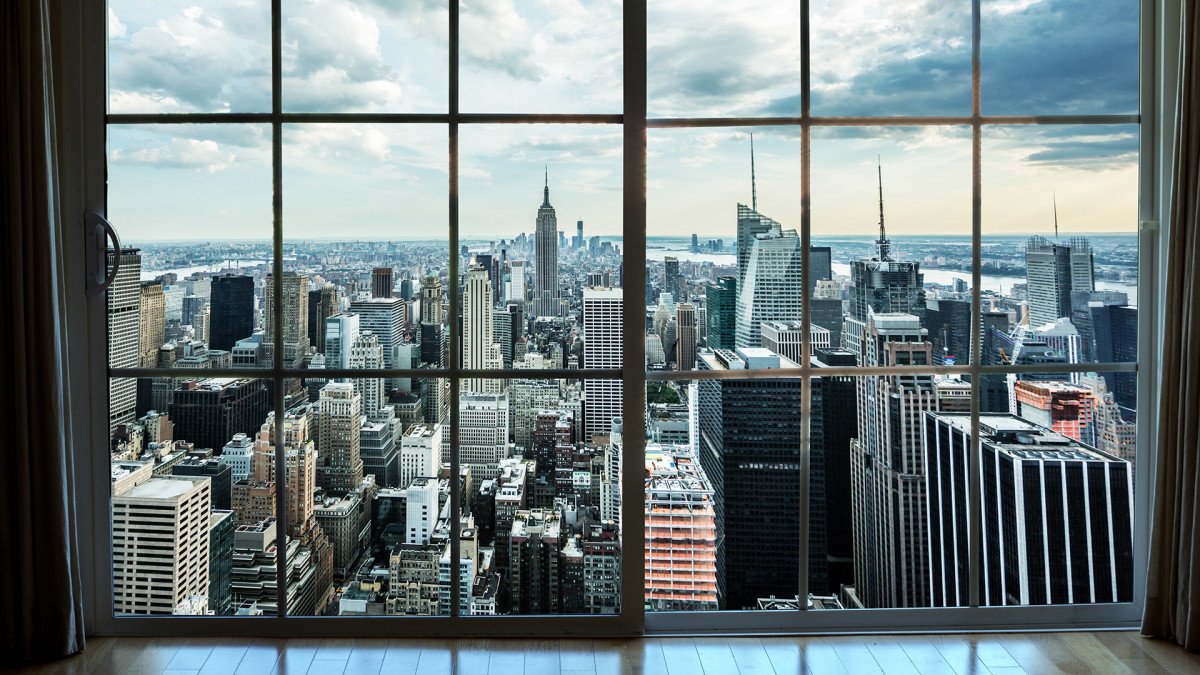
The covid pandemic changed the nature of work, forcing many companies into a work-from-home model to enforce social-distancing rules and keep workers safe.
While many employees have returned to the office or work on a hybrid model, the covid office closures lasted so long that many people moved out of the cities where their companies were located. That continued a trend that had been prompted by a lack of affordable housing.
Related: Popular Mexican restaurant chain files for Chapter 11 bankruptcy
And even before the pandemic some workers had decided to move their families well outside the cities where they worked. That gave them long commutes and created demand for secondary living spaces that workers could use during the workweek.
That led to the idea of common living, a housing version of coworking spaces, where members get small private places to sleep and share living areas.
In 2015, when Common Living was founded, the idea made sense because the price of living in most major cities had gotten outrageous, pushing even well-paid workers into far-off suburbs.
The covid pandemic changed that equation, however, as more companies allowed work-from-home or hybrid models. That lessened the demand for common or coliving, which proved a death sentence for Common Living.

Image source: + AJ Capital Partners
Common Living had a noble purpose
Much like coworking pioneer WeWork, Common Living tried to solve a problem.
Renting an apartment in a city is expensive and takes a lot of work to maintain. If you use an office or an apartment only a few days a week, it's inefficient to have to worry about cleaning, doing laundry and ensuring the kitchen is stocked.
Coworking and coliving spaces solved that problem. In a coliving situation, at least with Common Living, members get a private bedroom and access to common living, kitchen and bathroom areas.
They get a clean and safe place to sleep and room to socialize as much or as little as they choose for a price lower than the rent on an apartment. The company shared its mission on its website.
More bankruptcy:
- Historic craft brewery plans reopening after bankruptcy filing
- Struggling company's creditors file Chapter 11 bankruptcy for it
- Key healthcare company files for Chapter 11 bankruptcy
"Common is creating better living through convenience and community," it said. "We keep the good parts of shared housing while removing the annoyances. Common members know their neighbors, meet new people, and save money. Being a Common member means never having to worry about cleaning, moving furniture, or splitting the bills."
It was a noble experiment, but it has failed completely.
Common Living files Chapter 7 bankruptcy
Common Living has filed for Chapter 7 bankruptcy and plans to liquidate.
The company, which filed its bankruptcy petition in U.S. Bankruptcy Court in Delaware, plans to sell as much as $10 million of assets, with the proceeds distributed to creditors, according to the bankruptcy filing. Common Living has between $10 million and $50 million in liabilities.
Related: Here's the solution to the housing crisis, according to a top real estate expert
The company currently operates in 12 cities across the U.S. and Canada and manages a total of 79 co-living communities, the website shows. The Common Living website currently shows 18 listings for available space in properties in New York City, the Commercial Observer reported.
Common Living tried to create a community for the people living in its homes.
Sign up for the Come Cruise With Me newsletter to save money on your next (or your first) cruise.
"With access to Connect by Common’s directory, members have the opportunity to truly know their neighbors and enjoy all the benefits of shared living," the website says. "By filling out their profile, members can find each other based on city, home, or interest tags. It’s communal living made easy."
The company did not answer the Commercial Observer's request for comment and has not said what happens to current residents of its properties.
Related: Veteran fund manager picks favorite stocks for 2024







